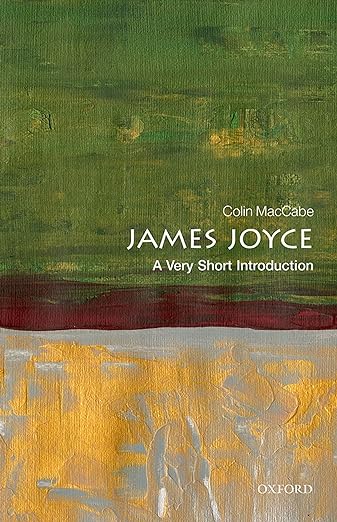Books Reviewed
Celebrated novelists, like Olympic athletes or Hollywood starlets, come and go. The lauded artists of a past generation are old hat to succeeding ones, who cannot begin to understand what all the fuss was about. This kind of deflation has befallen many of the great modernist writers who were supposed in their day to represent the absolute cutting edge of literary excellence. Once-trendy masterpieces by erstwhile causes célèbres like Virginia Woolf and Samuel Beckett have been downgraded to museum pieces or passing footnotes. But there is one modernist whose cachet has not ebbed, at least so far—and he has been around a long time. Well into the first century A.J. (After Joyce), the standard bearer of modernism at its most difficult and demanding continues to fly his flag high. How has he managed to endure where others have fallen by the wayside in droves? Does he deserve the continued adulation? Is he as great as they say he is? And who, by the way, are they?
James Joyce (1882–1941) was the most protean of modern literary geniuses, a quick-change artist who assumed and discarded voices, styles, and genres at will. He began his literary career with Chamber Music (1907), a collection of love poems as conventionally exquisite as they are consummately vaporous. Next he produced Dubliners (1914), a collection of short stories rather














